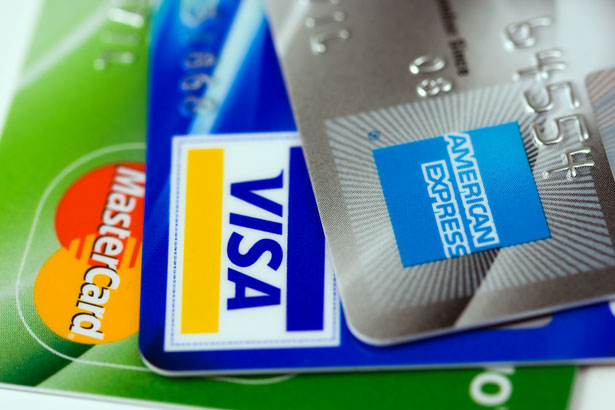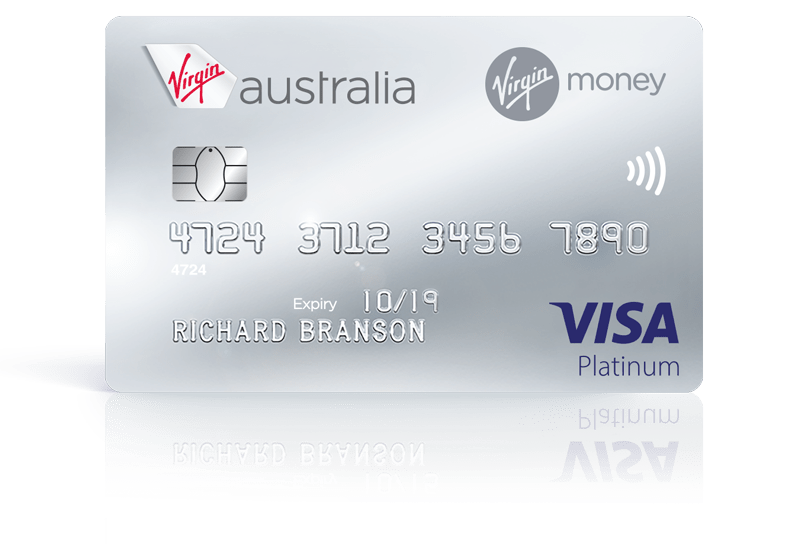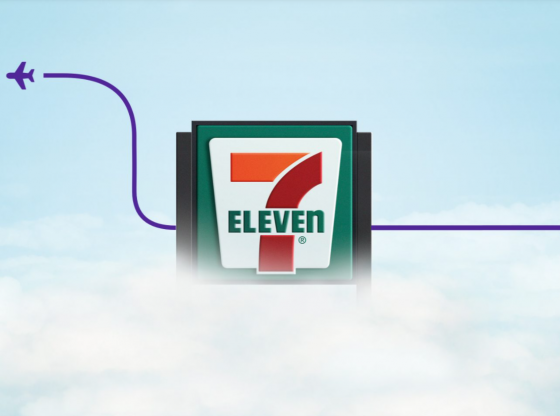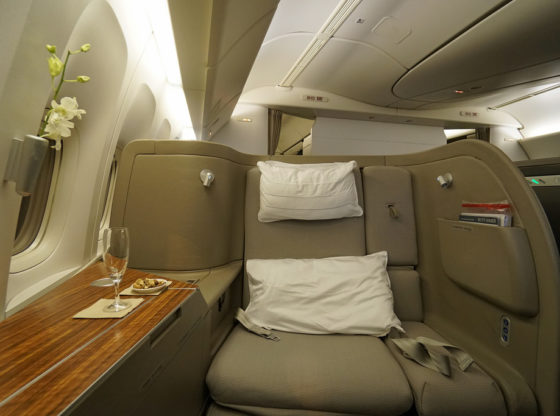
One of the questions I am often asked is What is the best starter card for earning points? The simple answer is that there is no 1 card that is undisputedly the best. There are good reasons for that, which I will get to in a moment.
But before we get down to answering that question, there is another question – perhaps even more important that we need to tackle first. What is the definition of a good card, or in other words, what is it that someone looks for in a card when they are shopping for one?
The answer depends on what you want from the card, it could be points, cashback, balance transfer option or something else. In my opinion though, here are some of the features most points and miles enthusiast seek in a card.
Welcome Bonus
A strong welcome bonus is imperative. When you open a new card, particularly one with a high annual fee, it is natural to want to offset the cost of the annual fee with a chunky bonus points offering. Luckily in Australia, this isn’t very hard to achieve.
At any given time, there are numerous cards offering welcome bonus in excess of 100,000 points. These high offers are not always available, so if you are planning to open a card, it is a good idea to do a bit of research and compare the current offer with what’s been offered historically.
If you don’t like the current offer, there is no harm in waiting for a better offer to come around. Card issuers invariably bring these out few times a year.
Ongoing Perks & Benefits
A high points earning card generally comes with a high annual fee, often upwards of $300. You may find that the card issuers occasionally waive or discount the annual fee in the first year to onboard new customers, but generally speaking they will not do this every year. So how do you justify retaining the card and paying the annual fee year after year?
The answer lies in some of the perks and benefits offered by the card. Look for a card that offers tangible benefits on an ongoing basis, these could be in the form of free flights, a voucher or some kind of travel credit. Many cards also offer cashbacks in the form of statement credit or bonus points for spending money with specific merchants.

Earn $129 in Virgin Australia flight credit each year with Virgin Money Card
The idea is to extract enough value out of these benefits so that it takes the sting out of paying the annual fee each year.
Airline or Transferrable Points
If you are setting out on a new points and miles journey, take a moment and answer these questions. Do you currently earn points in any loyalty or Frequent Flyer Program? If yes, are you happy to continue earning the same type of points or are you considering branching out and trying something different?
Similarly, when you travel, are you loyal to any one airline and almost always fly with them? Would you like to stick with this airline for future travel or are keen to experience someone new?
These are important questions that can simplify the decision-making process.
If you are someone who would only ever fly with one airline, say Qantas, it might make sense to get a card that earns Qantas points. The downside of having this approach is that it greatly limits your options. Not only does this restrict you in terms of which airlines you fly, your points might also lose value should Qantas decide to devalue the points.
On the other hand, if you aren’t particularly loyal and like to have options at your disposal, it is best to get a card that earns transferrable points. A card earning transferrable points does not earn points in any one Frequent Flyer Program, instead, it allows you to manually transfer points into one of many programs of your choice.
So rather than flying to where your preferred airline or partners fly, and coughing-up whatever number of points they demand, you have the freedom to come up with your own itinerary.

Earn transferrable points with Amex Platinum Card
Once you have decided where you want to go, you then transfer points to a program that allows you to get there in the most efficient way.
The other advantage of earning transferrable points is that should one of the airlines decide to devalue their points or stop operating a particular route, this has no direct impact on your points. You simply move onto a different airline that better serves your needs.
When it comes to selecting the right card, recognising your own travel pattern and any inherent biases is a good way to weed-out the less desirable options.
Wide Acceptance
This is yet another feature that can potentially make or break the card. Vast majority of credit cards in Australia sport one of the three logos, Visa, Mastercard or American Express.
Say you come across a card that charges low annual fee, offers an industry-leading points earning structure and fantastic ongoing rewards. But does it matter if you cannot use it where you shop?
To be clear, there is no single card in Australia that captures all of these features. Even in the United States – arguably the juiciest of all credit markets, not every card has universal acceptance. Like most things in life, it is about finding a happy medium.
Foreign Transaction Fee
Most points and miles collectors are avid travellers. In-fact the singular good reason to play this game is to be able to travel the world in comfort. But here’s the thing. Many card issuers hit you with a foreign currency transaction fee when you use the card overseas. The amount varies but generally range between 3-4%.
The way this works is that the issuers convert the foreign currency spend into Australian dollars and then tack an additional 3-4% on top. When you consider that most cards earn in the range of 1-2 points per dollar, this kills the entire value proposition of earning points.

Coles Rewards Mastercard has no foreign transaction fee
That said, there are cards in the market which do not charge this fee. And these aren’t just no-frills card, some even allow you to earn points on overseas transaction. So unless you are someone who only travels domestically, this is an important consideration when deciding on getting a new card.
In conclusion
The purpose of this post is not to over complicate the process of selecting a card. But it is important to emphasise that the right card for you is the card that works for you, aligns with your needs and travel plans. If you spend a little time considering these aspects, it will set a solid foundation for your points and miles journey to take-off.
In the next instalment, I will delve into a number of different cards, weigh their pros and con and see if it is possible to come up with one, or a combination of cards that can cover most bases.
What is your favourite points earning card? Leave a comment below.





















